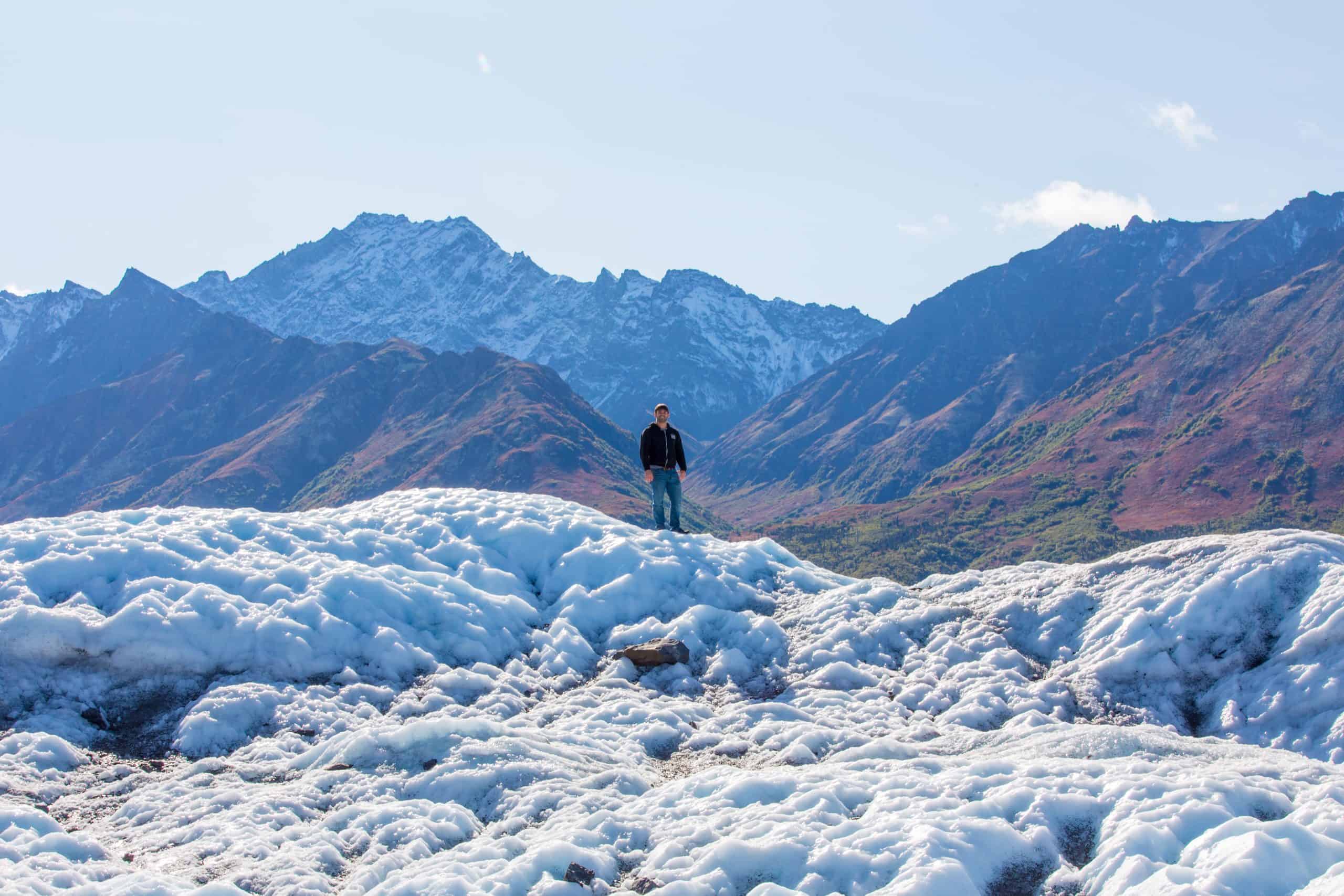Dreaming of snow-draped landscapes, Northern Lights, and cozy evenings in a winter wonderland? Alaska in winter is all that and so much more. While summer is the most popular time to visit, the colder months hold a magic all their own—fewer crowds, pristine beauty, and adventures that feel like stepping into a real-life snow globe. But before you pack your parka and book your ticket, here’s what you need to know to make the most of your Alaskan winter getaway.
Table of Contents
1. Yes, It’s Cold—But Not Always Arctic Cold
Let’s address the big question: how cold does it actually get? While temperatures vary depending on where you are, coastal towns like Anchorage and Juneau are often milder than you might think. Thanks to their proximity to the ocean, temperatures typically hover around 20°F to 30°F (-6°C to -1°C). Head further inland to places like Fairbanks, and you’ll encounter the real deep freeze, where temperatures can plunge to -40°F (-40°C).
Pack smart layers: thermal base layers, a thick insulated jacket, waterproof snow boots, and don’t forget a good pair of gloves and a hat. Pro tip: hand warmers are your best friend—stash them in your pockets for extra warmth during those long walks or outdoor adventures.
2. The Northern Lights Are Worth the Trip
If catching the aurora borealis is on your bucket list, winter is prime time to see them dance across the Alaskan sky. Fairbanks is one of the best spots for aurora viewing, as it lies under the “auroral oval,” a band where the lights are most active.
Book a guided tour to venture out into the wilderness, away from city lights, for the best chance to witness this natural phenomenon. Many lodges in Fairbanks also offer aurora wake-up calls, so you won’t miss the magic even if it happens in the middle of the night.
3. Daylight Hours Are Short but Sweet
In winter, Alaska’s daylight hours shrink considerably. Depending on when and where you visit, you may only get about four to six hours of daylight. While this might sound limiting, it’s part of the charm! Use the shorter days to indulge in cozy activities like sipping hot chocolate by the fire, enjoying hearty Alaskan cuisine, or exploring local art galleries and museums.
The limited daylight also makes it easier to catch the Northern Lights, so think of it as an advantage rather than a drawback.
4. Embrace the Snowy Adventures
Alaska in winter is a playground for adventure seekers. Whether you’re looking for heart-pumping thrills or serene escapes, there’s an activity for everyone.
- Dog Sledding: Experience the thrill of mushing through the snowy wilderness with a team of energetic huskies. Many outfitters let you try your hand at steering the sled or simply enjoy the ride as a passenger.
- Snowshoeing and Cross-Country Skiing: Explore trails that wind through peaceful forests and open fields. These activities are great for beginners and require minimal gear.
- Ice Fishing: Channel your inner Alaskan by drilling a hole in a frozen lake and fishing for trout or salmon.
- Glacier Tours: While many glacier cruises operate in summer, winter brings opportunities to explore frozen landscapes on foot or by helicopter. Some glacier caves, accessible only in winter, look like something out of a fantasy novel.
For those coming off summer adventures, winter excursions often highlight a quieter side of the state that many summer visitors never experience, making them just as captivating as warm-weather cruise excursions.
5. Winter Wildlife Is Still a Thing
You might think winter means hibernation for Alaska’s iconic wildlife, but that’s not entirely true. Moose, caribou, and foxes are often spotted wandering through snowy fields or even near towns. Bald eagles soar gracefully above, and sea otters and seals can be seen in coastal waters year-round.
Wildlife centers and sanctuaries, like the Alaska Wildlife Conservation Center, offer a chance to see animals up close in a way that’s educational and unforgettable.
6. Getting Around Can Be an Adventure in Itself
Winter travel in Alaska requires a bit of flexibility and patience. Roads can be icy, so renting a car with four-wheel drive is essential if you’re planning to explore independently. Alternatively, take advantage of Alaska’s rail system, which runs a special winter train route between Anchorage and Fairbanks. The snow-covered landscapes you’ll pass are nothing short of breathtaking.
If you’re flying, weather delays can happen, so keep your itinerary loose to accommodate any unexpected changes. And remember, locals are pros at navigating winter conditions, so don’t hesitate to ask for tips or assistance if you need it.
7. Embrace the Local Culture
Winter is a time of celebration in Alaska, with events and festivals that bring communities together. If you’re visiting in February or March, don’t miss the Iditarod Trail Sled Dog Race, an iconic event that captures the spirit of Alaskan adventure. Winter carnivals, like Anchorage’s Fur Rendezvous, feature snow sculpting, ice carving, and even outhouse races (yes, you read that right!).
Be sure to sample local winter dishes, like reindeer sausage, freshly caught seafood, and rich, hearty stews. Pair it with a locally brewed craft beer or a steaming mug of spiced cider to warm up after a day in the snow.
Ready to Explore?
Alaska in winter isn’t just a destination; it’s an experience. From the quiet beauty of snow-blanketed landscapes to thrilling outdoor adventures, this season brings out a side of Alaska that’s both rugged and enchanting. So go ahead—bundle up, embrace the chill, and get ready to discover the wonders of Alaska in winter.
Your adventure awaits, and trust me, it’s going to be one for the books!


